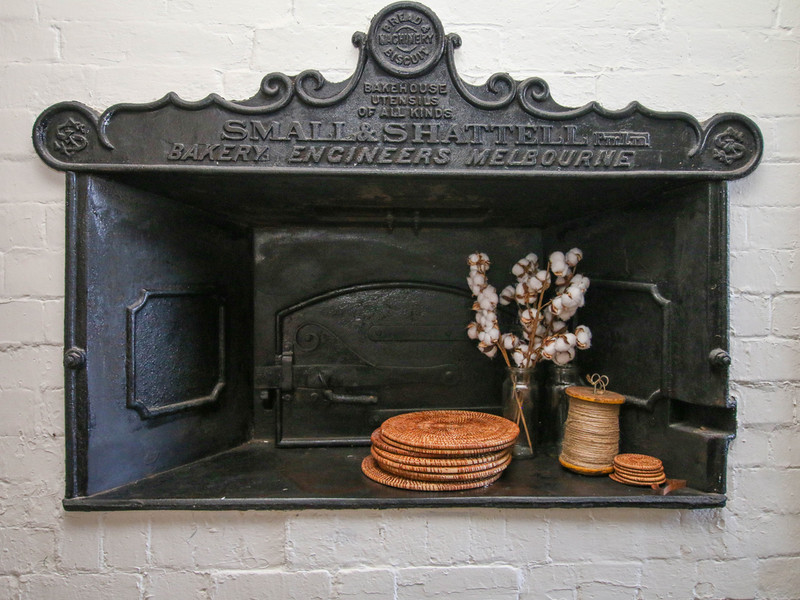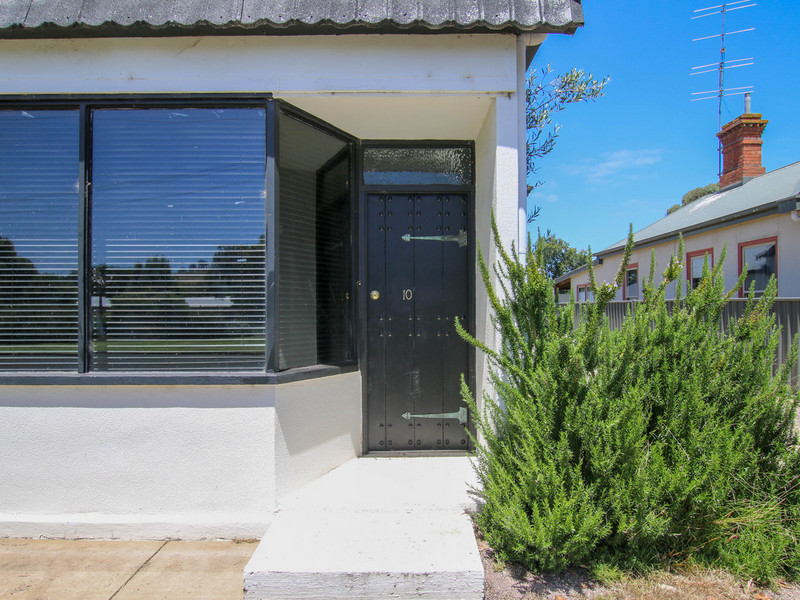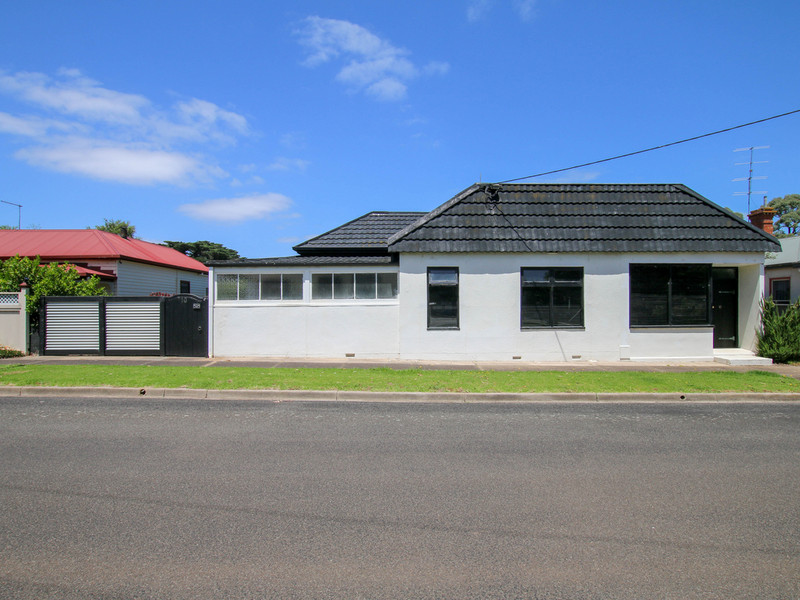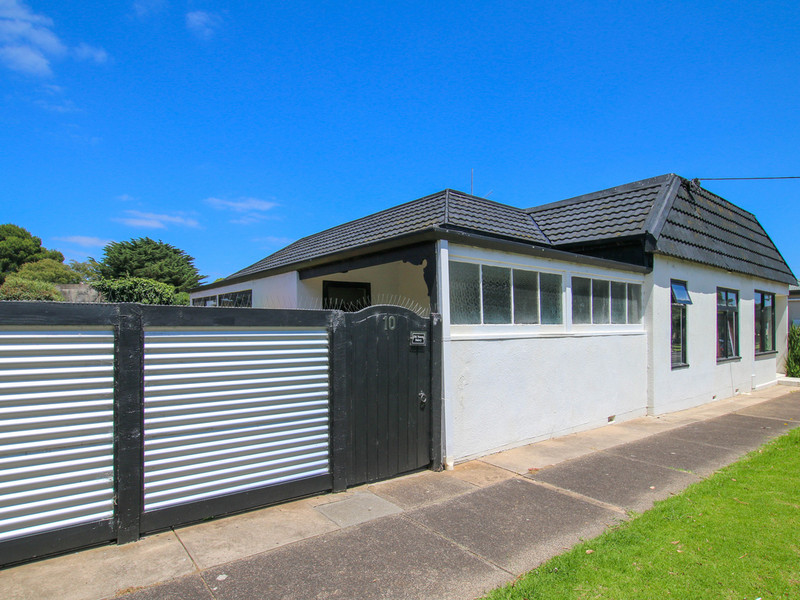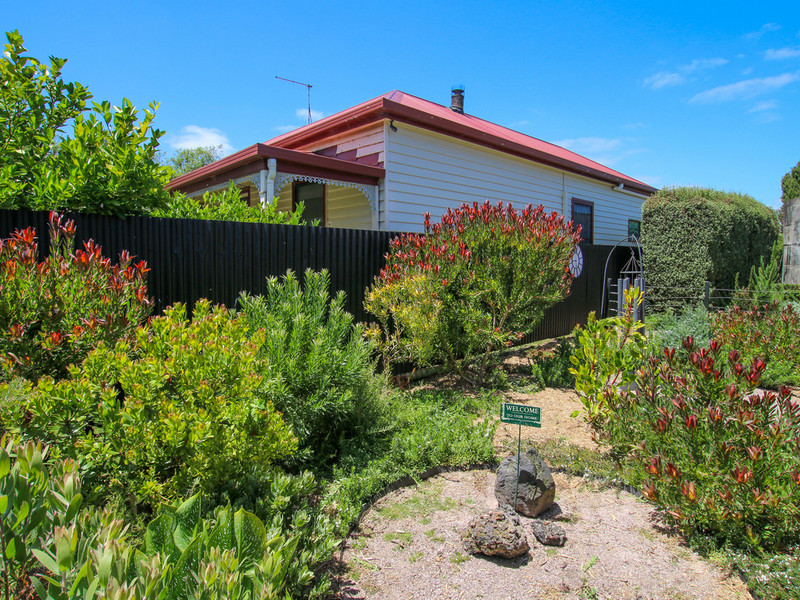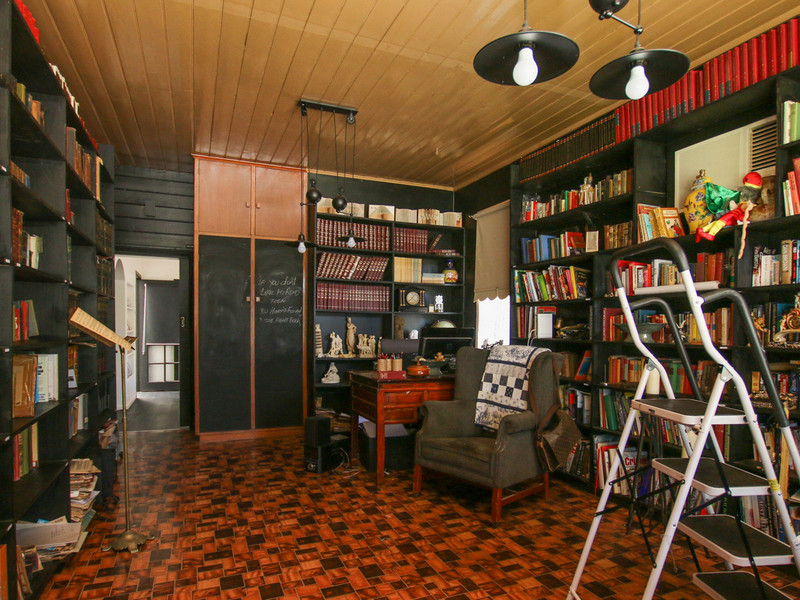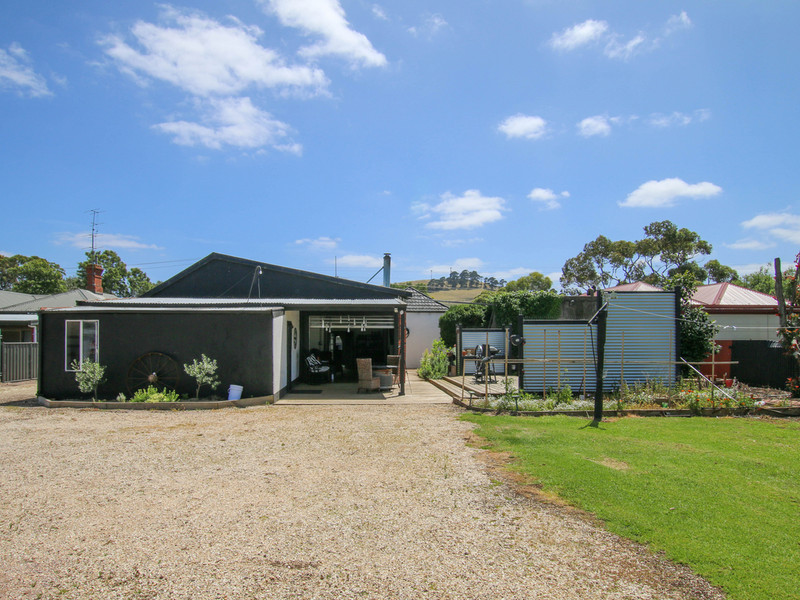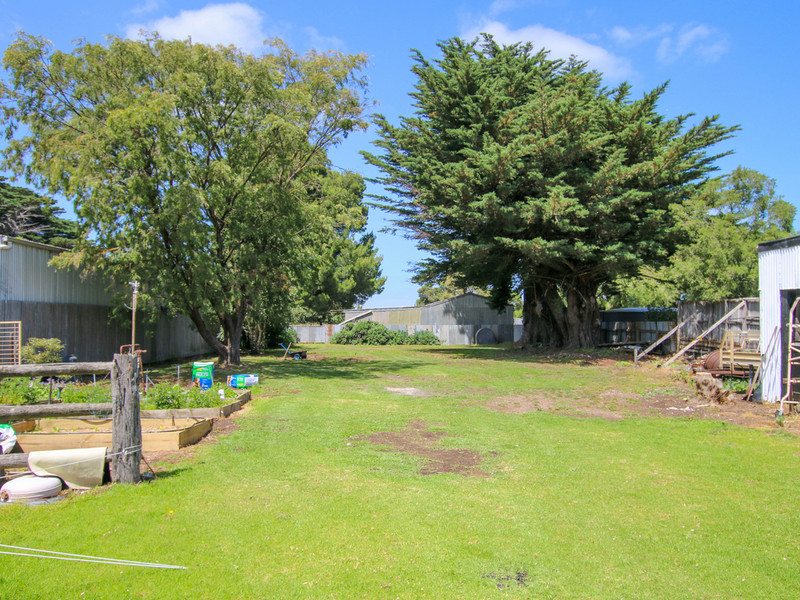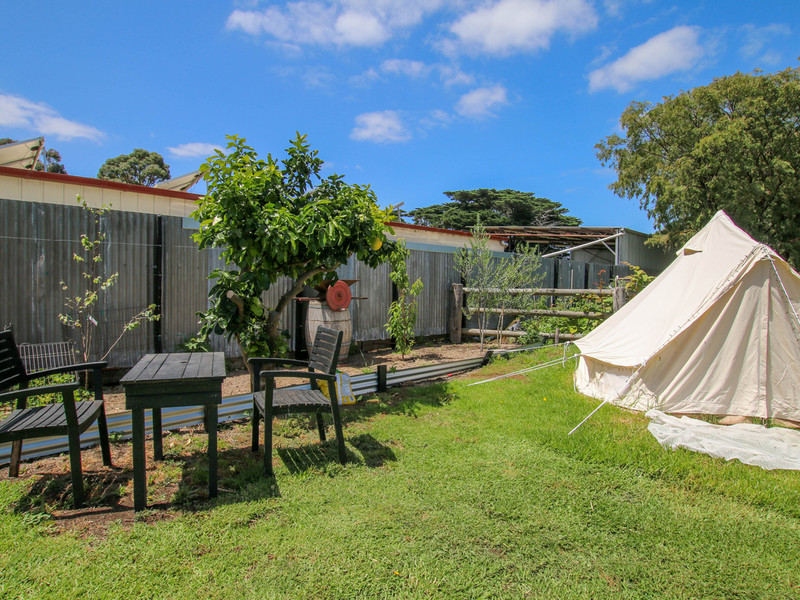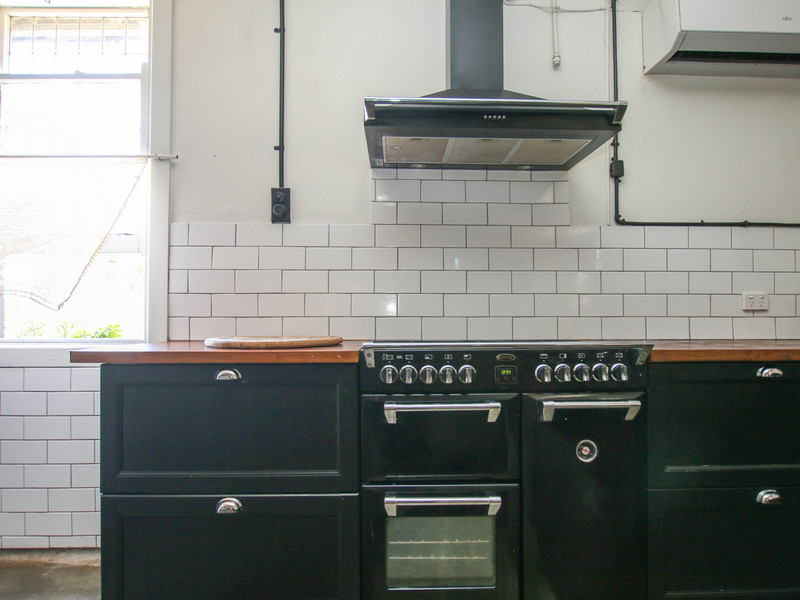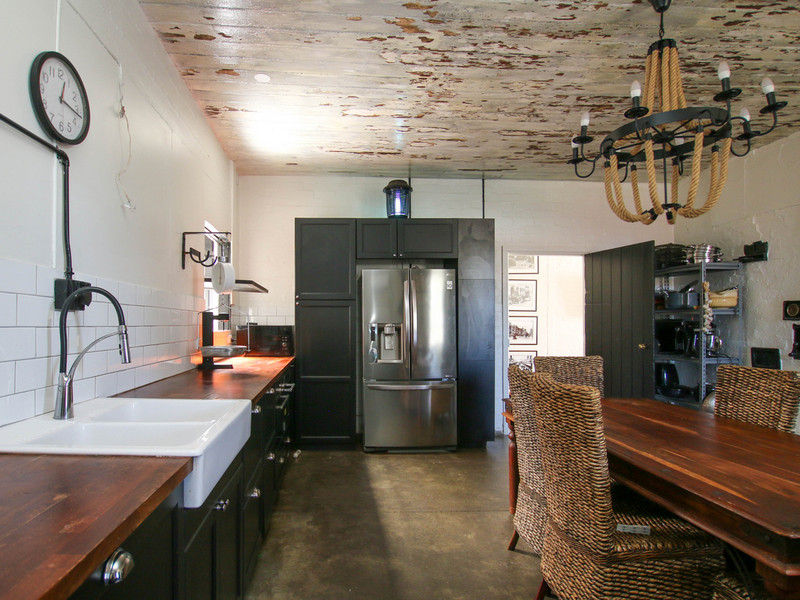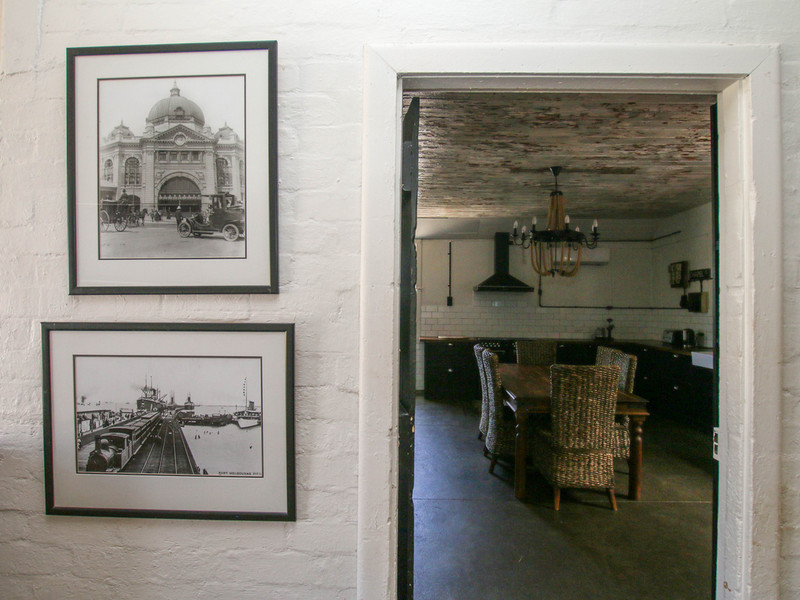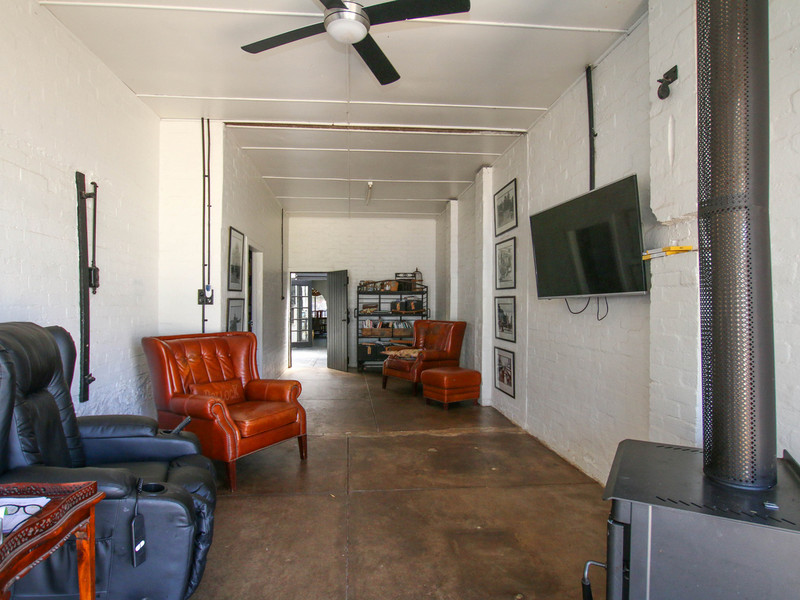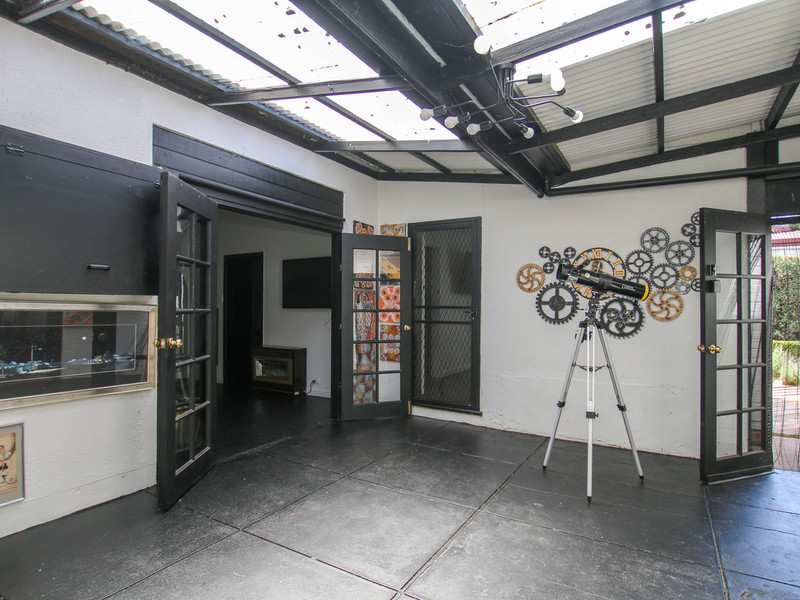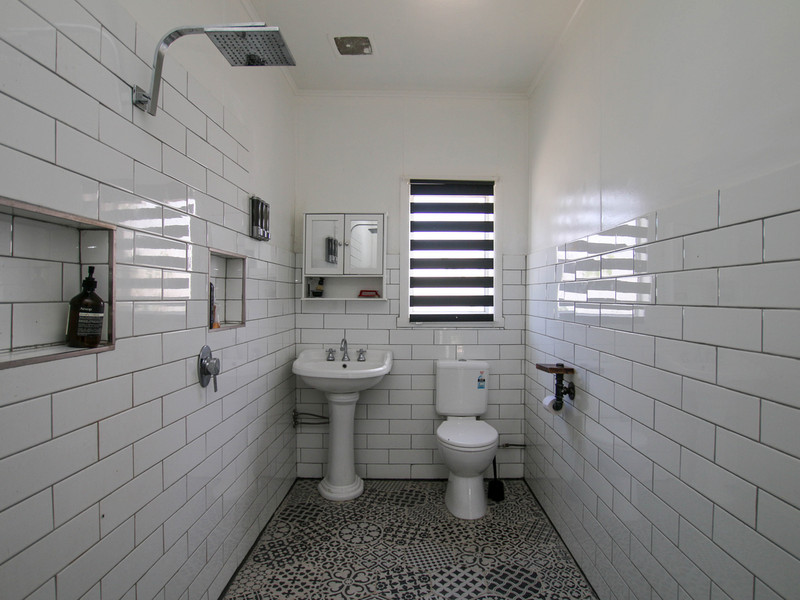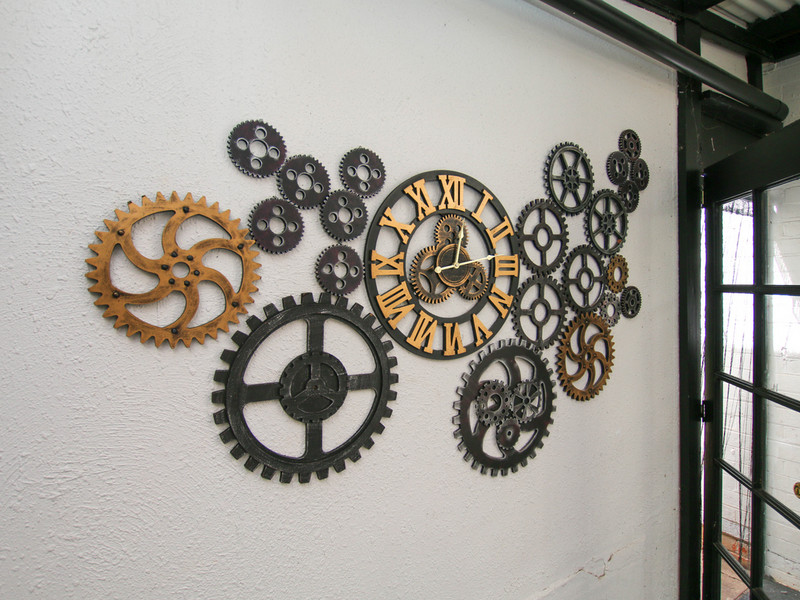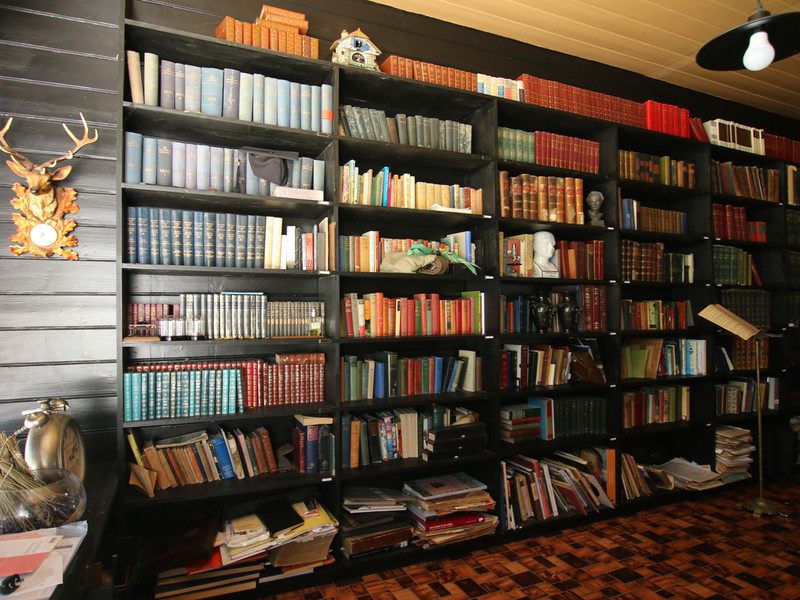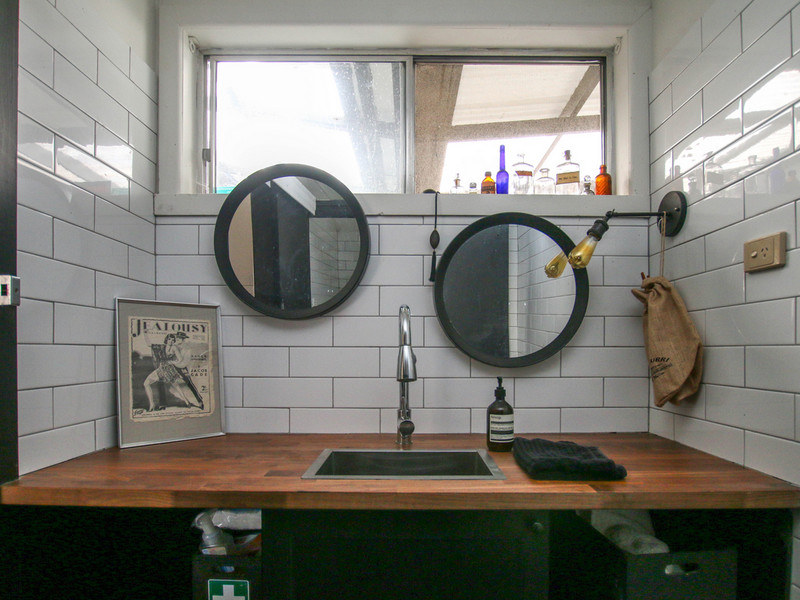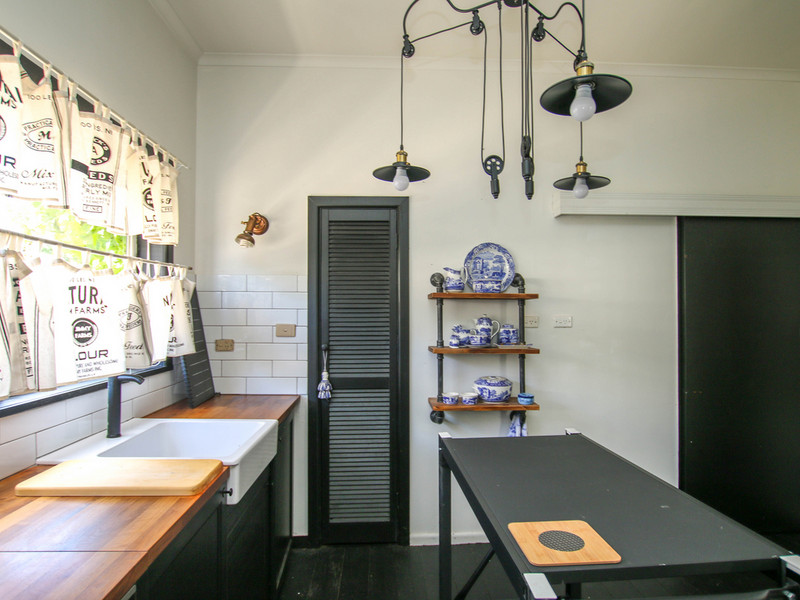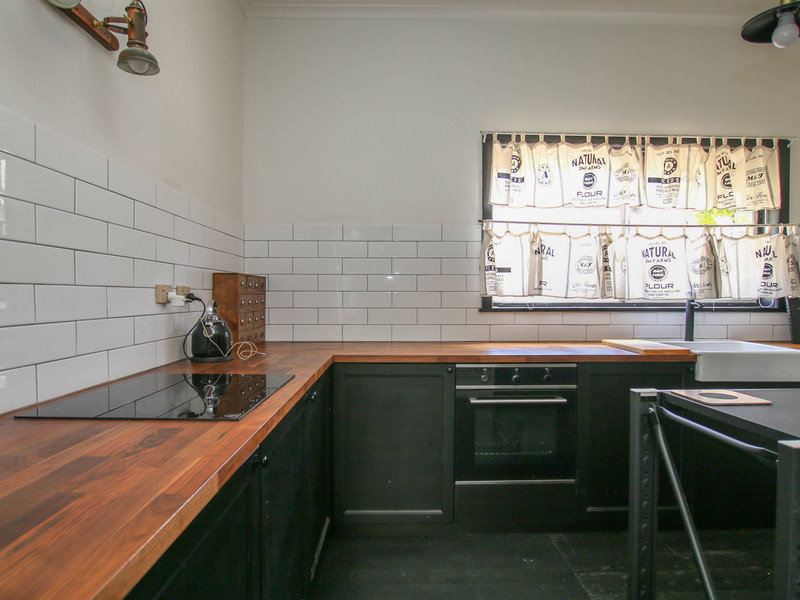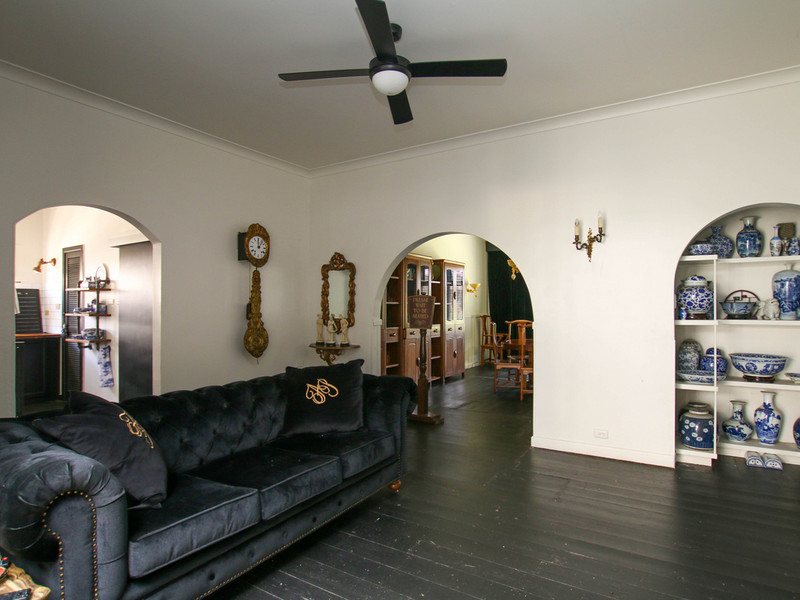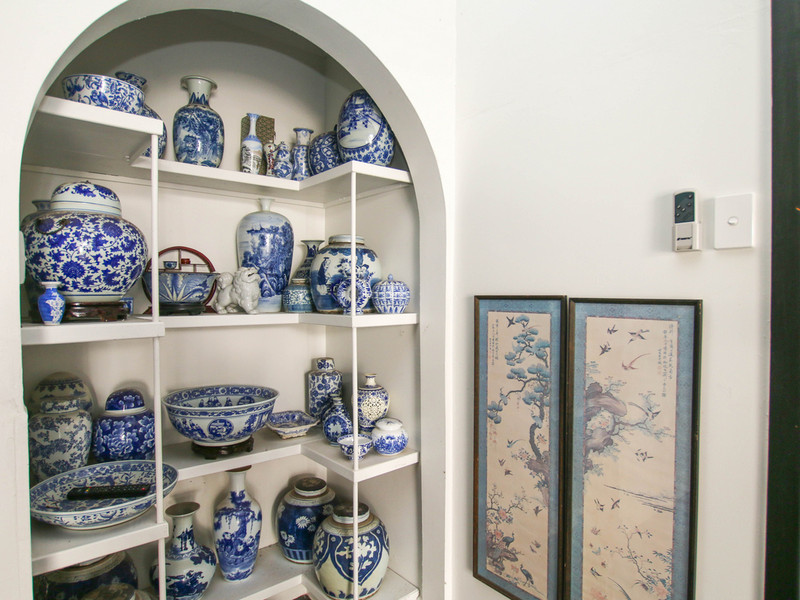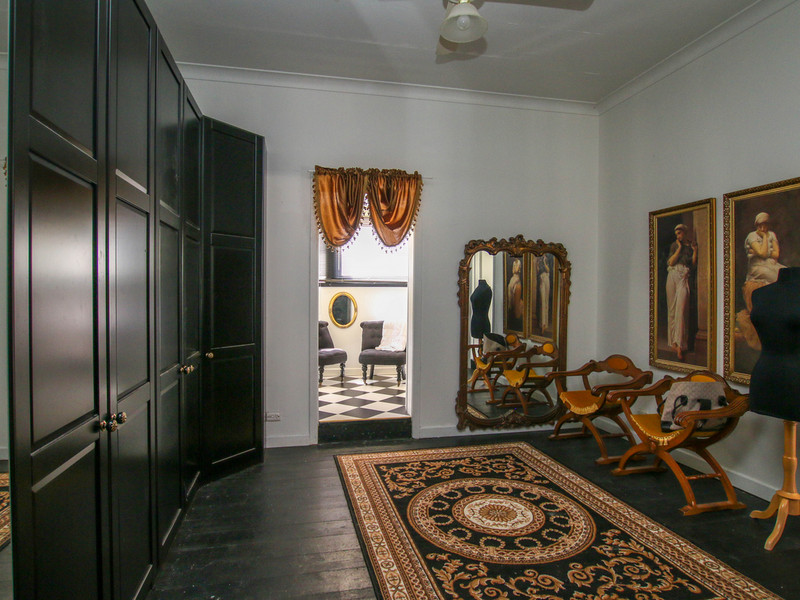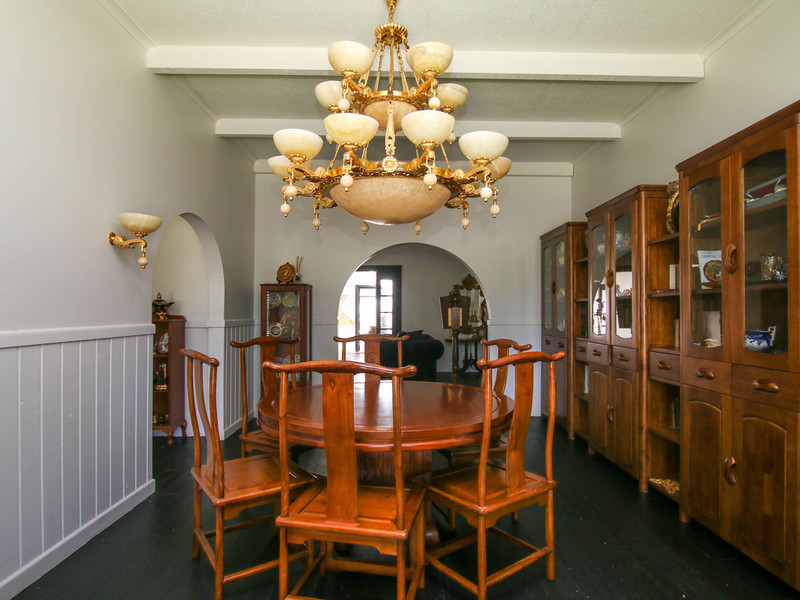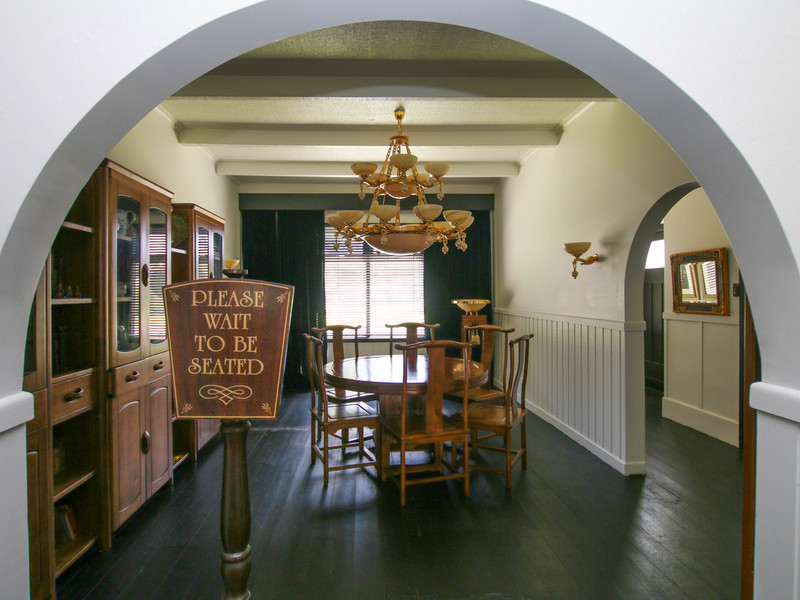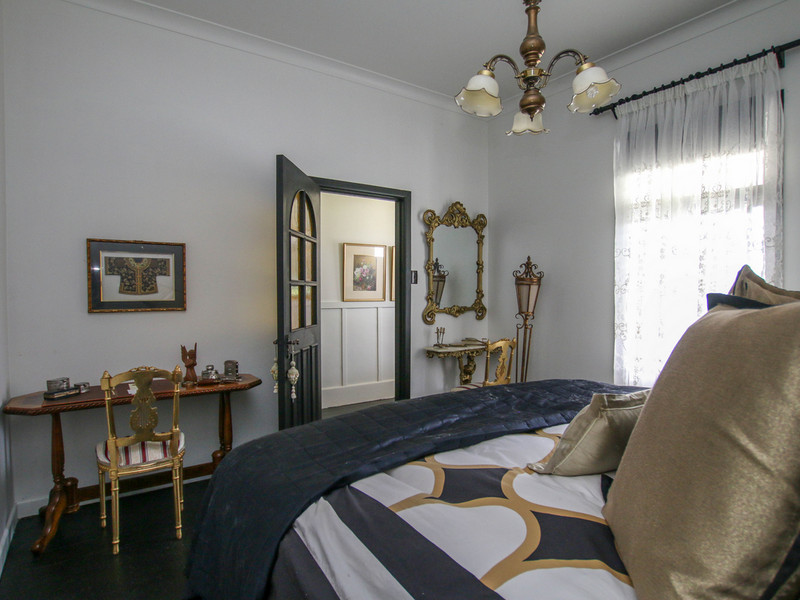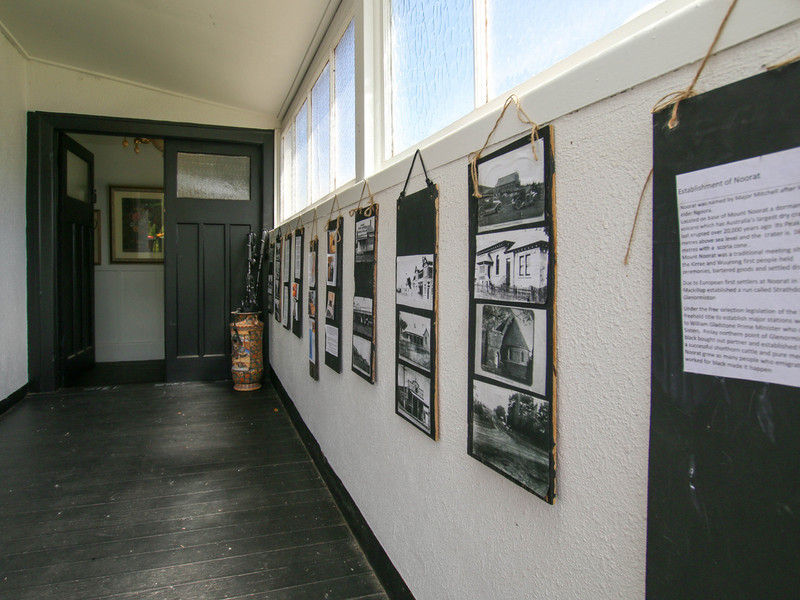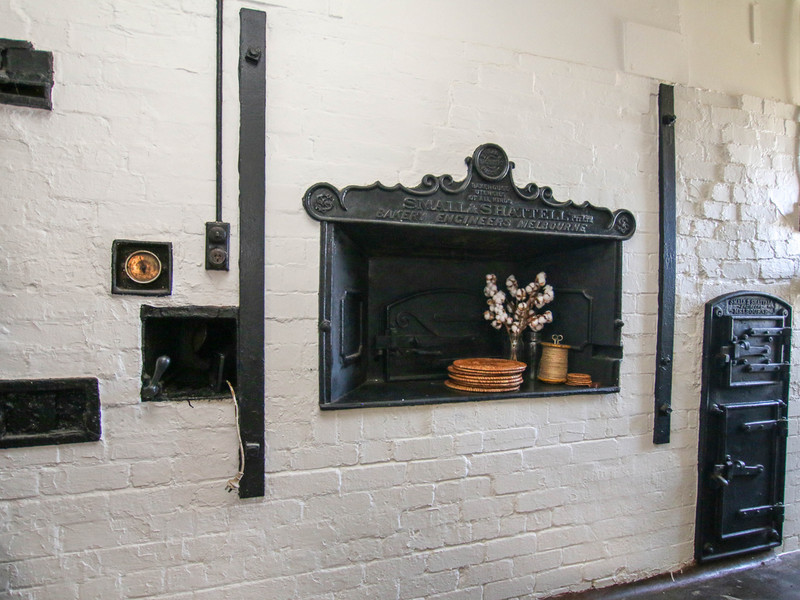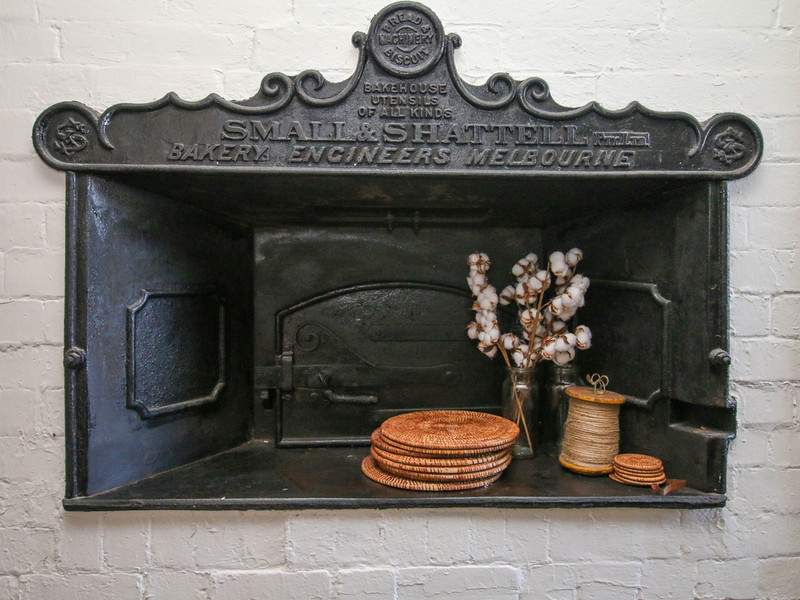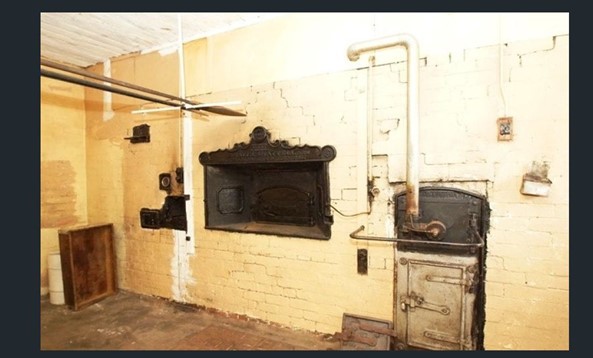Just imagine this.
A move to the country. A lovely, spacious, renovated, quirky, comfortable, stylish, character-filled place to call home. A slice of history.
A business opportunity with 5 potential strings to its bow, each of which has been tested, and you can develop and tailor to suit your own strengths and personality, or specialise in a combination to suit your own preferences – or have the complete freedom to do none of the above and simply enjoy this multi-faceted property as you please!
Wilsons Warrnambool & District Real Estate are delighted to present to market number 10 MacKinnons Bridge Road, Noorat, the old Noorat Bakery. The current owners have renovated the property in the last few years and carefully put together a plan for several incorporated business opportunities.
The house itself is conite construction, on just under half an acre, and is worth the price of $450,000 for its value as a home in its own right, but with this proposition comes not just the sausage, but also the sizzle!
BACKGROUND AND HISTORY
The Noorat bakery was built in or just after 1900 by owner John Smith who once managed Hill Station owned by Neil Black & Co – later known as Mount Noorat Estate. He managed the estate after Neil’s death until his sons completed their education in England. So being such resourceful man he built the bakery, then sourced and employed William Henry Hales from Maffra Gippsland as his baker.
William Hales and wife with 6 children moved from Maffra to Noorat and commenced work in the bakery, 3 more children were born here in 1904,1906 and 1908 at Noorat. He then moved to Mortlake in 1909, then returned to Maffra and 6 years later they had another 3 children. (Current owners Jim and Julie loved meeting his great-grandson from SA who supplied a little history and photographs.)

Photo of 3 children. Millie, Bob and Ivy Hales
Over the next 110 years, a succession of bakers managed and provided top quality bread to the residents of Noorat and district, with each owner putting their own stamp on this site. So many people from the western district know the bakery or have had some form of contact with it, as a customer, supplier, tradesperson or just a friend of the local baker. This place has so many stories to tell over the past hundred and twenty years.
The bakery lay dormant for nearly two decades, so when Jim and Julie Wallace bought the bakery they “decided to give the old girl a new purpose” and keep this icon of Noorat and the identity it deserves in History.
The Bakery Business
Over the years the bakery itself never changed its operation until it closed in 1990 when Glenormiston College closed and Tip top offered small bakeries incentives to leave so they could fill their supermarket shelves with their own product.
WHY NOORAT AND WHY THIS PROJECT?
Hear from Jim and Julie in their own words, the background of how they found themselves to be the current custodians, and their visions/concepts for the property, which they are offering for sale to a lucky purchaser:
Our connections are numerous:
1. Jim’s parents Lindsay & Olive Wallace established a dairy farm on banks of the Terang side of Lake Keilambete in Noorat in 1920 but they returned to the Wallace’s Home farm in Mepunga.
Lindsay left the farm in Mepunga and moved his family to the Old Nullawarre Bakery where all the family baked the bread and provided deliveries from Nullawarre through to Timboon. On leaving the bakery, he worked for Gledhill Transport in the early fifties as a truck driver and picked up fruit and vegetables from Victoria Market Melbourne. He dropped produce off at the fruit shop next to this bakery and a small shop in Noorat, Nellie Blain’s, on the same side of the road as the Hotel and the green-grocer next door to the bakery just towards Terang. Jim remembers those days he accompanied his dad, and for a young boy, days to Melbourne and back were so long.
2. Jim’s uncle Stan Wallace operated this bakery in the 1940’s, his wife’s family had the Allansford Bakery at the same time while they were here at this bakery. Jim’s Cousin Helen was born here and when he left the district he moved to Dandenong Bakery.
3. Stan passed away but his memory kept jumping out at us, prompting us to buy the bakery for one, and while visiting a bookshop in Daylesford we found an old Noorat & District Agricultural and Pastoral Annual Show program dated November 15, 1947 so I had to buy the program … In reading it there were so many names we knew. On further reading, we found Stan Wallace’s name in Section A Draught Horses class 12 Light Delivery Mare or Gelding to be driven in Spring Cart or Waggonette 1946 Stan Wallace. So when you walk down the yard you see the remains of the stables, the cart bay and the Tack room.
4. As we were dairy farmers on Daniel O’Keeffe’s (an original Glenormiston boy) farm at “The Ridge”, Garvoc we were suppliers to Bonlac, we would often pick up bread or a good local pie after visiting the produce store in Noorat at the Old Glen buttery and cheese factory co, so it wasn’t out of the ordinary for us to move to Noorat . Over the years our connection with Noorat remained strong. Our children often played mixed netball at the old factory. I remember how cold it was at night sitting in the old factory watching the family enjoying their sport. Also watching our Son playing football at Noorat, football, another one of highlights was the Noorat show. I don’t think we missed many. It was the place where if you hadn’t seen people for a while you would meet them while you were walking around the show.
Our Turn as Custodians
So, when the bakery was for sale from the Hodemakers, the last of a long line of skilled bakers, we decided to buy it and put our stamp on the old Noorat bakery as the current custodians.
We can’t restore the residence of the bakery to its original state as it has been built and rebuilt over the years but what we have done is highlighted the original plan of the residence by removing the floor coverings and painting the floors so now u can see the original blueprint of the house where once stood fireplaces, bedrooms and a veranda.
Stepping back in time I can imagine how busy Noorat once was. When I look out any of the front rooms of the residence where once was veranda looking at the majestic mount, the bluestone steeple on the Church surrounded by elms and on Sundays listening to the Church bells, the old bluestone school with children playing and laughing, hearing the cows in nearby paddocks, various birds making their home in Noorat, the tractors pass by, the post office how its kept its identity.
It’s a very unique village where kindness and caring still exist in all its local people.
The old bakery has been restored with its scotch oven and it is now our kitchen and the shop is now home to my collection of books. The old residence will be a Bed & Breakfast offering comfort and history on their stay.
BUSINESS CONCEPT PAPER
This Business concept is based on 5 objectives. The building has been designed purposefully for the prospective income on the following concepts:
The original residence has been renovated to include King Size bedroom, Dining room/Reading room, access to Bookshop as well as a lounge room, kitchen and bathroom with toilet and private yard. (Owners dressing room can be used as second bedroom for bnb).
It is separate from owners home which consists of the actual bakery – now owners kitchen, the previous garage being the TV Living room, king size bedroom with separate dressing suite and shower, with old bread room now utility room with laundry.
The outside area has decking from main gate through to end of main building providing bbq area and outdoor living. Suitable for outside dining up to 20.
The grounds consist of the mini orchard, 8 garden beds and a dry water garden, a perfume as well as a herb garden consisting of 56 Herbs and stable garden.
Buildings consists:
3-4 bedrooms
2 Kitchens – 1 very large
3 lounge areas
3 showers
2 toilets
2 sheds
1 garage
Hydro garden room
Shop
Atrium
Closed-in front verandah
All decking back of house
Approx. half acre land
1 dressing room/bedroom
Outdoor dining area
Objectives
1 Bed & Breakfast
2 Morning / Afternoon tea groups booking history tour of bakery
3 Luncheon & especially themed lunch or dinners for special occasions
4 Book/Antique shop
5 Sale of fresh produce herbs and homemade products
6 Outside dining evenings
Each Opportunity has been tried and was successful prior to covid. With the objective of expanding on a greater scale with help from Corangamite Shire and Noorat Citizens Group is viable.
Unique marketing edge
Original Bakers Shop
Original Residence
Original Bakers Oven
Original house plan on floors as floors painted
Established garden and orchard
Area set aside for aquaponics or hydroponics
Large half-acre block
Opportunity to expand produce in rear garden
Remains of original stables and Tack room and horse paddock
Residence lounge light made of alabaster and gold brought from Adelaide at an antique renovation sale (value $14,000 when insured with small chandelier in entrance hall (valued $8000 when insured)
New power board and electrical wiring
Air cons in kitchen and bedroom as well as fans
Easy access to outdoor eating areas
2 kitchens
Garage
2 sheds
Modern kitchens of high-quality fixtures and fittings with original ceiling
Target Market
Historical Societies
School Groups
Garden Clubs
Probus Groups
Men’s groups
Those interested in history or books
Hikers (Mount Noorat) (kits provided)
Business travellers overnight complete with Wi-Fi
Alan Marshall admirers
Private parties
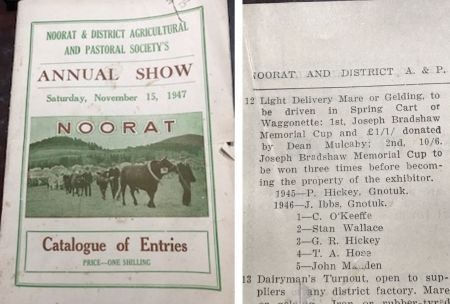
Now enjoy some visual images of the various aspects of this fascinating property, and all it entails (click an image to enlarge and scroll):
A LITTLE ABOUT NOORAT ITSELF
Source: Wikipedia
Noorat is a small township in southwestern Victoria, Australia. Noorat is located approximately 211 km west of Melbourne. The township is located at the base of Mount Noorat, a dormant volcano, which is considered to have Australia’s largest dry crater. At the 2006 census, Noorat had a population of 252. By 2011, according to the census, the population had dropped to 167,[1] although this drop in numbers is a bit deceptive as the town boundary was changed in between the 2006 and 2011 census.
Noorat derives its name from Mount Noorat, a dormant volcano named by explorer Major Thomas Mitchell after a local Indigenous elder, Ngoora. Europeans first settled the Noorat area in early 1839 when MacKillop and Smith established a run called Strathdownie – which was renamed Glenormiston by Niel Black, a Gaelic-speaking Scotsman from Cowall in Argyll who purchased the property in 1840.Walkers on the crater rim of Mount Noorat
Prior to European settlement, the area near Mount Noorat was a traditional meeting site where Indigenous tribes – the Kirrae Wuurong people – held ceremonies, bartered goods and settled disputes.
The settlement history of Noorat is closely linked with the Black family and the establishment of Glenormiston. Noorat ostensibly grew as a service centre for the Black family estate and many of the early residents either emigrated with Niel Black or worked at Glenormiston.
The post office opened on 1 August 1874 as Mount Noorat, and was renamed Noorat in 1875.[2]
Noted author, Alan Marshall, was associated with Noorat’s general store, in 1902.
There is currently one place of public worship in Noorat, the Neil Black Memorial Presbyterian Church.
The township has two schools, Noorat Primary School, and the Noorat campus of Mercy Regional College, which houses the year 7 and 8 students of the school. There is also the senior campus at Camperdown. The Glenormiston campus of South West Institute of TAFE is located a few kilometres north-east of the township, on the other side of the mountain.
Noorat has a local football team, the Kolora-Noorat Power, who merged in 2002 from the Noorat Bombers and Kolora Magpies. They compete in the Warrnambool & District Football League. Their colours are teal, black and white.
AN OUTING TO MOUNT NOORAT
OWNERS’ PROJECTED INCOME
Jim and Julie have dipped their toes in the water with all 5 income streams for the property, with all indications and feedback projecting each could work really well and complement each other, along with providing a great home and lifestyle. The COVID-19 pandemic obviously put a halt on things, and then for other unrelated reasons, Jim and Julie have decided to move elsewhere and leave this fantastic opportunity to another ‘custodian’.
Below are their projections if all options were pursued as they envisioned:
(These figures are based on minimum income once regenerated. They are also subject to shires compliance)
| Bnb | One night per week bnb $80 | 40 Weeks | $3,200 | |
| Tours | 20 @ $15 $300 x 2 per week = $600 | 40 Weeks | $24,000 | |
| Group Lunches | 20 @ $20 2 per week = $800 | 40 Weeks | $32,000 | |
| Book shop sale | 20 books @ $10 per week | 40 Weeks | $8,000 | |
| Evening meals Sunday night set 4 course menu | 20 @$50 $1000 | 40 weeks | $40,000 | |
| Total gross income | Using Minimum expenses and energy | 40 weeks | $142,752 |
Jim and Julie will happily go into more detail with a prospective purchaser as to how it can all work.
THE SCOTCH OVEN
The greatest feature of this historical site is the oven. It is an original Small & Shattell Scotch Oven. Small and Shattell were engravers and engineers based in Fitzroy who manufactured Scotch Ovens, baking equipment even chocolate making machines. They even provided clay bricks with small & shuttle embedded on the bricks.
Scotch ovens were once the most common commercial ovens in Australia. Scottish engineers built them throughout the British Empire for over 200 years.
After a little investigation I found a number of other scotch ovens some in operation and some just sitting there, including – Trentham – Eldorado – Lancefield- Nathalia – Garfield- Orbost
WHAT IS A SCOTCH OVEN? WHY IS IT SO SPECIAL
HEAT IS RETAINBED IN SEVERAL TONNES OF SAND WAS ONCE PART OF A BREAD-MAKING METHOD IN THE !800S IN COUNTRY Australia
The oven weighs 75 tonnes and stores enough heat from one firing to bake 600 loaves. The floor of our oven measures 16 square metres.
THE Oven has 5 main elements
- The actual arched baking chamber
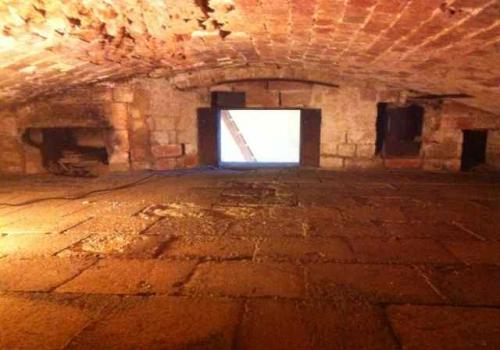
2. The oven’s shell comprises massive layers of brick and sand. The layers are tied together with steel rods so they can contract and expand without pulling apart.
3. The Fire Box, The oven is usually fired to about 380 degrees, and then baking temperature of about 250 degrees it takes about 10 hours of burning wood to reach the maximum temperature. The fire is then extinguished before baking commences and the bread is baked in deep and even heat that is gradually released by the bricks and sand.
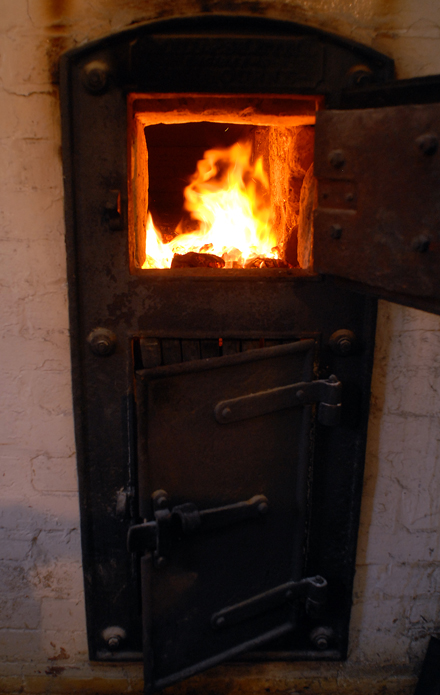
4. The Flue
5. Heat/Temperature Gage
The process
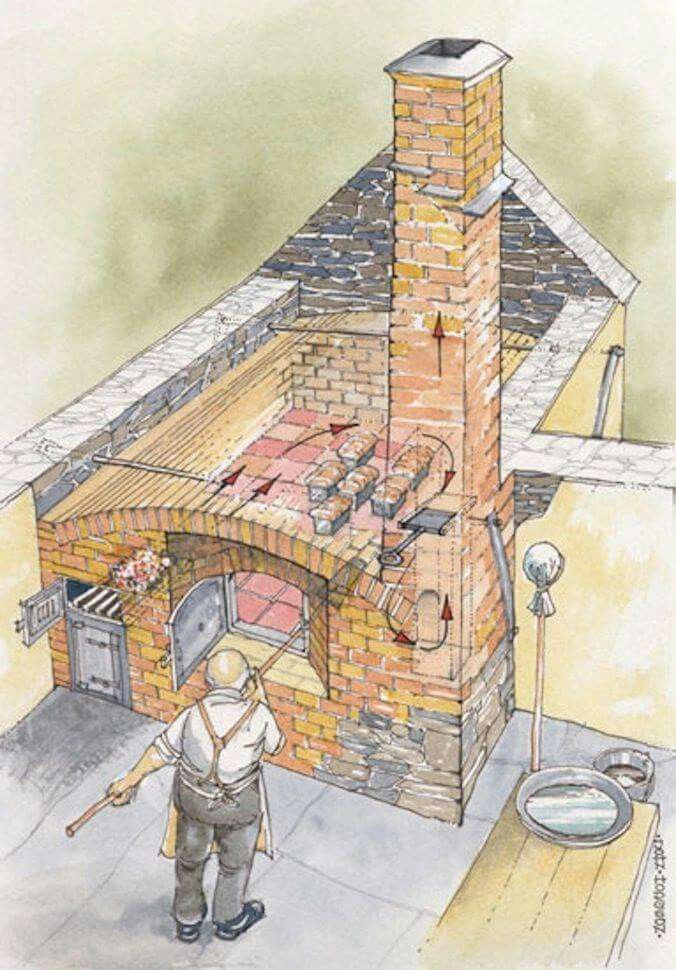
How it Works
The fire sends heat up into the sand which is spread over the baking chamber, the temperature gage on the stove indicates the correct heat for baking approximately 200 c and the flue controls the heat sending it out the chimney when its too hot. If need be wood can be removed from firebox to cool down more quickly. A pipe through the oven heats water to maintain a hot water unit. The actual baking chamber has a small cast iron door which sometimes is difficult for loading and unloading baked goods from the oven .
For more details, and/or to arrange an inspection of this unique property, contact the team at Wilsons on (03) 55612777
